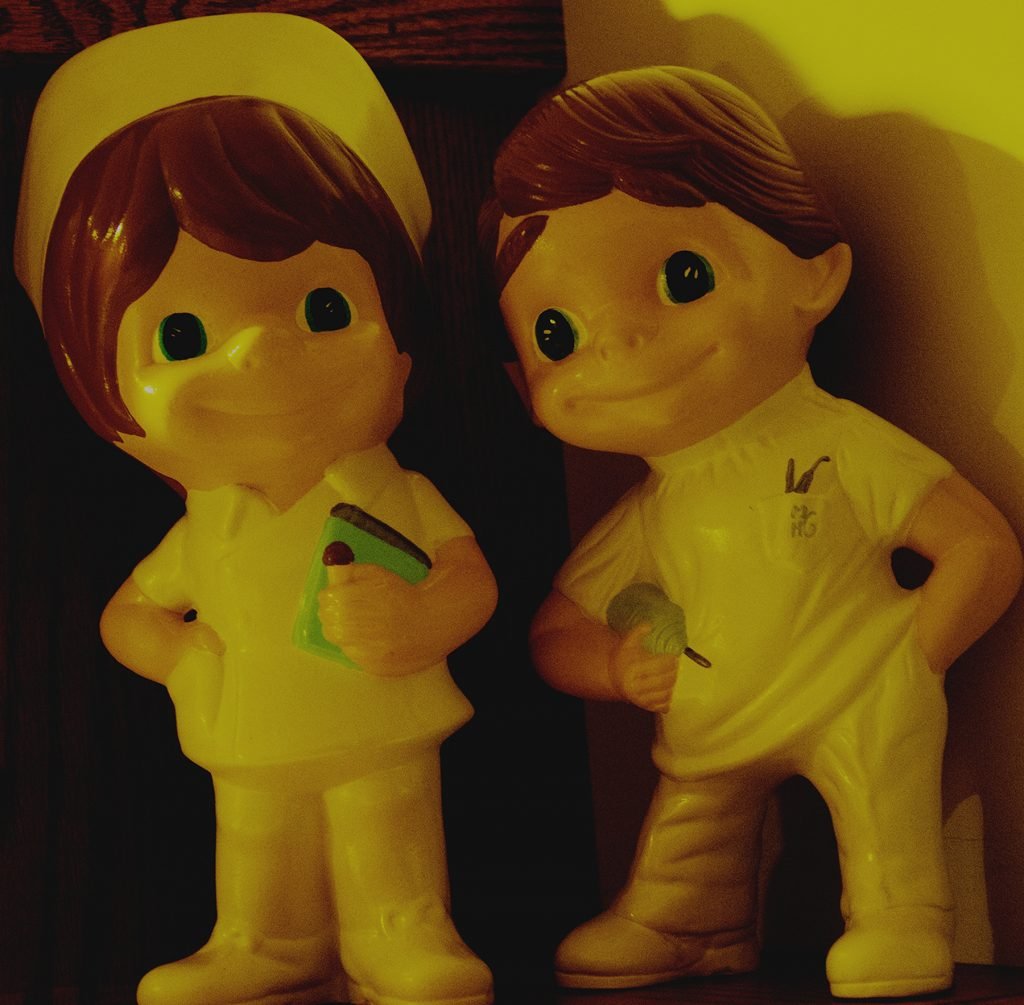Allergy to peanuts is the most common children’s food allergy. And the prevalence of peanut allergy is rising. It tends to present early in life, and affected individuals generally do not outgrow it. It is not clear why some people develop allergies while others don’t.
Eight foods are responsible for more than 90 per cent of food allergies: cow’s milk, eggs, soy, wheat, peanuts, tree nuts (walnuts, hazelnuts, almonds, cashews, pecans and pistachios), fish and shellfish. Peanuts and tree nuts are responsible for the majority of serious acute allergic (anaphylactic) reactions.
While EpiPens are used to control general allergic reactions, there is no specific treatment available for peanut allergies – until now. A Harvard University blog of March 1, 2018 (A cure for peanut allergies in sight?) reports that within the past year, three new peanut allergy therapies have gone through clinical trials.
Despite the treatment’s success, there were some safety concerns: 20 per cent of patients discontinued the trial, with 12 per cent withdrawing due to moderate side effects. But there is still hope. The researchers are planning to get FDA approval, which would make it the first protective treatment against peanut allergies, says the Harvard University blog. We have to learn more about the complex mechanisms of peanut allergy and tolerance before success is achieved.
Food allergies affect between four and eight per cent of children and between one and two per cent of adults. The perceived prevalence of food allergies is substantially higher than the actual prevalence. Up to 30 per cent of the general population believe they have a food allergy, and up to 30 per cent of parents believe that their children have a food allergy.
All food allergies have the potential to induce anaphylaxis, but some foods are more likely than others to cause potentially life-threatening reactions. Peanut allergy deserves particular attention. It accounts for the majority of severe food-related allergic reactions, it tends to present early in life, it does not usually resolve, and in highly sensitized people, trace quantities can induce an allergic reaction.
Parents have to understand that all degree of peanut allergy should be taken seriously – even mild allergy can cause serious problems. An allergic response to peanuts usually occurs within minutes after exposure.
Should pregnant women avoid peanuts to prevent peanut allergy in their children?
We need more studies to advise pregnant mothers about avoiding peanuts during pregnancy. We have no evidence to suggest that pregnant women should be encouraged to ingest peanut or suggest an amount of peanut to be ingested to ensure a preventive effect, as there is insufficient evidence to support it at this time, say experts.
To summarize, peanut allergy is the most common cause of food-induced anaphylaxis, a medical emergency that requires treatment with an epinephrine (adrenaline) injector (EpiPen) and a trip to the emergency room.
Call 911 if you or someone else displays severe dizziness, severe trouble breathing or loss of consciousness. There is no time to waste.
Start reading the preview of my book A Doctor's Journey for free on Amazon. Available on Kindle for $2.99!



